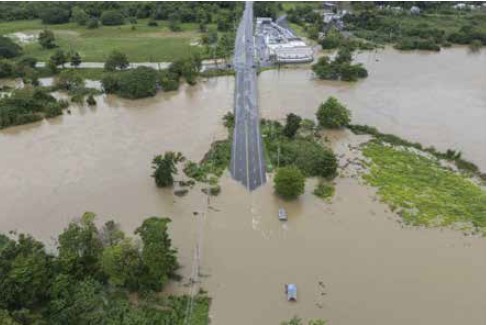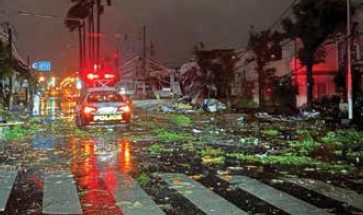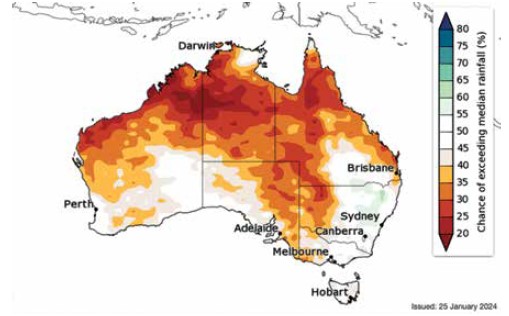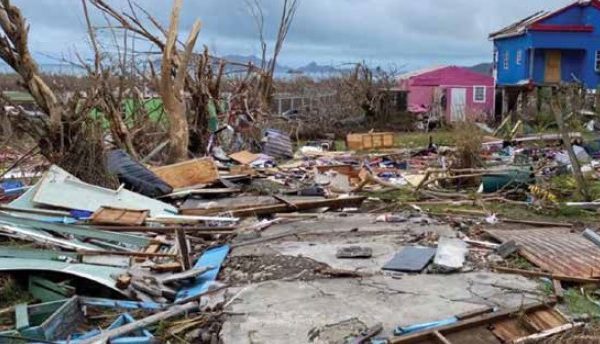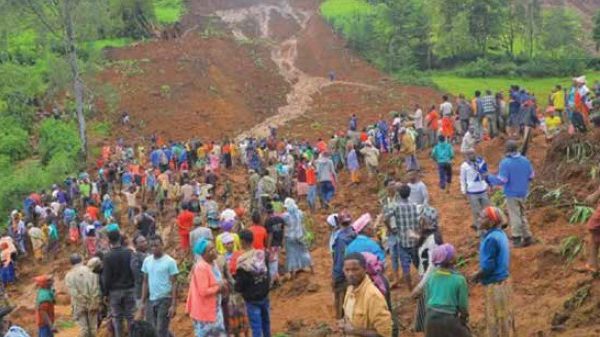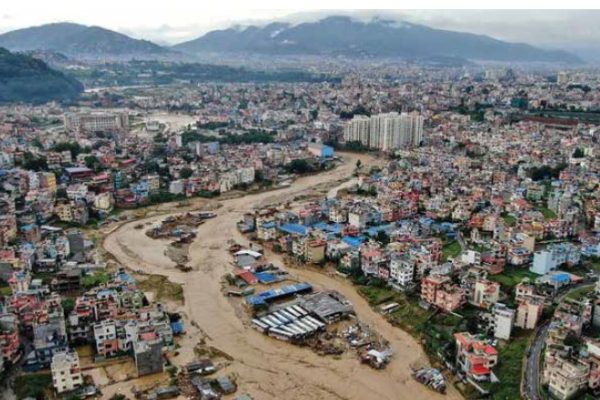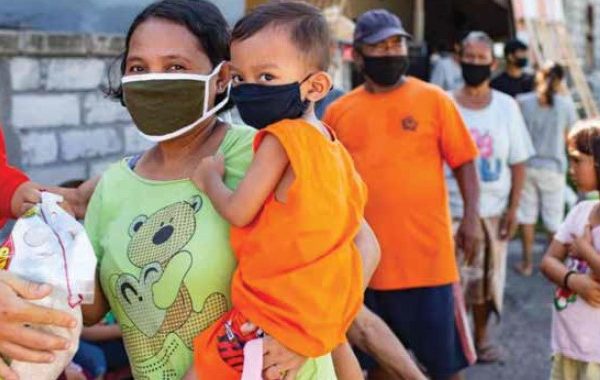
Scaling Up Disaster Risk Reduction: A New Roadmap for Humanitarian Action
On 2nd July 2024, the United Nations Office for Disaster Risk Reduction (UNDRR) unveiled a significant milestone in global disaster management efforts—the “Checklist on Scaling Up Disaster Risk Reduction in Humanitarian Action.” This comprehensive tool is poised to transform the way humanitarian, development, and peace actors address disaster risks, marking a critical step towards integrating…


